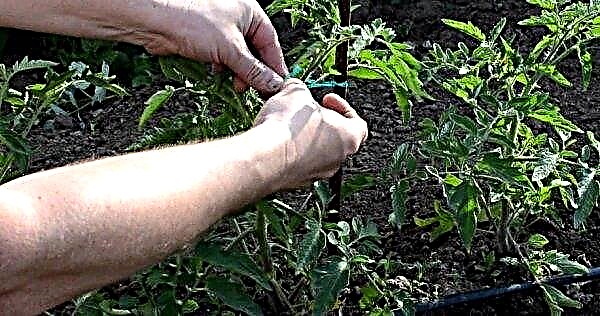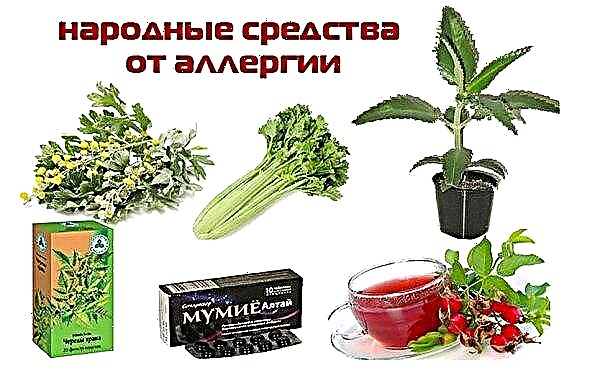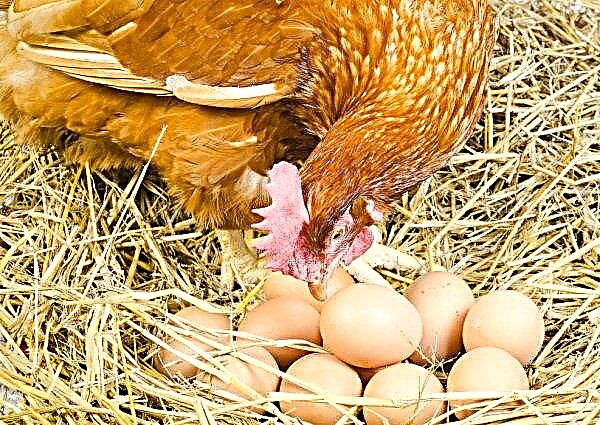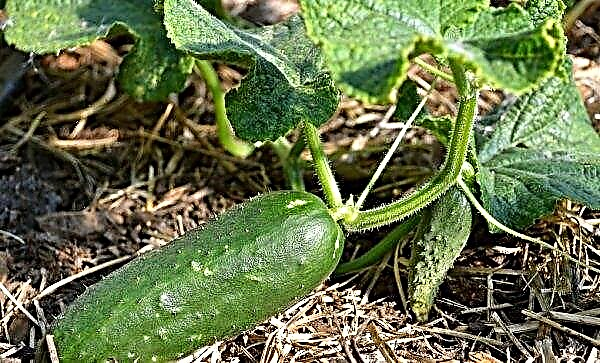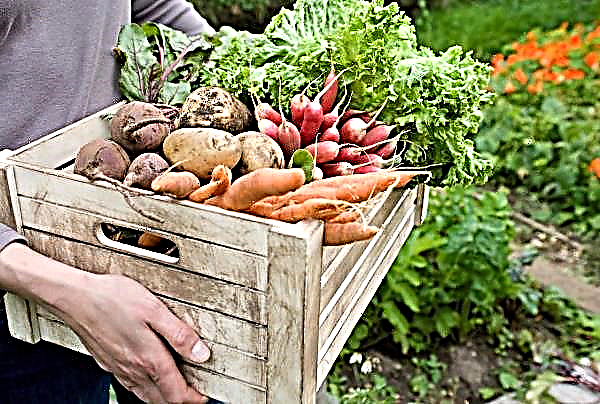After the carrots grow and the crop is harvested, it is important to provide the necessary conditions for the storage of this crop. It is important to preserve root crops with minimal losses of both marketable and taste. This article will discuss storage methods for root crops, as well as the causes of the development of rotting bacteria and the prevention of this phenomenon.
How long can carrots be stored
Shelf life of this product is good.
Below are the storage periods for carrots in various conditions:
- in the refrigerator - 30 days;
- at room temperature - up to 60 days;
- in the cellar - 6-12 months;
- in the freezer - 9-12 months.

During the storage period, inspect vegetables for spoilage and remove damaged fruits.
Why carrot rot in the cellar
The causes of carrot decay during storage are a large number, the main ones are:
- infection of root crops with white rot during growth on the garden;
- high temperature amplitude;
- high humidity;
- non-compliance with storage technology.
Important! It is necessary to carefully dig out root crops, as in damaged places signs of decay are shown first.
Which storage option is considered the best
Vegetables are stored in various ways, but it is important to observe the temperature regime at the level of -2 ... + 2 ° С, humidity - at least 90%, as well as use ventilated rooms and containers.
Beds
One of the oldest ways is to store carrots in the ground.. This method is convenient in conditions of a lack of time for harvesting, as well as space for its placement.
- However, there are a number of disadvantages of this method:
- damage to root crops by rodents;
- difficult access;
- lack of fruit quality assessment.

The site, which will subsequently serve as a place for storing carrots, must meet the following requirements:
- have healthy soil, without pests;
- be located in a place that is not flooded in spring.
Important! Root crops stored on the bed should be used immediately, since they have a short shelf life.
The technology is as follows:
- A month before cutting the tops, stop watering.
- Remove all weed grass.
- As soon as the green part begins to turn yellow, cut it to the root.
- Cover the area with sand with a layer of 2-5 cm.
- Cover the beds with foil.
- Cover with a layer of "insulation": leaves, peat, sawdust.
- Spread a layer of film or roofing material on top.

Using enameled pots
To store the product in such a container, a number of preparatory work is necessary. The harvest is washed, the tops are completely cut off, and then the fruits are dried in the sun so that they do not remain moisture. Carrots are placed in a pan vertically, pressing tightly to each other. Vegetables are covered with a layer of parchment and on top with a lid.
Did you know? Carrots are rich in beta-carotene, which positively affects the health of the organs of vision, as well as the lungs.
In plastic drawers
The main advantage of this container is the plastic's resistance to diffusion of fungal diseases and mold. Before laying in a container, carrots are prepared, as in the above method. The bottom of the box is strewn with a layer of moisture-absorbing material. It can be paper, sand or sawdust. Vegetables are laid on top, calculated not more than 20 kg in one container.
In wooden drawers
According to this method, pre-prepared carrots are placed in a box, covered with a wooden lid and placed in the cellar at a distance of 1-2 cm from the walls and 20 cm above the floor. For this it is necessary to build special racks.
Storage methods
In addition to the above, there are a number of technologies for storing vegetables. All these methods are combined by the preliminary preparation of carrots, according to which the root crops must be cleaned from the ground and the damaged fruits selected. Then you should divide the vegetables by size and cut the tops at a distance of 1-2 mm from the base.
In plastic bags
Carrots are stacked in dense plastic bags, after making several holes in their lower part. This manipulation is carried out in order to drain the condensate formed during storage. Filled bags are not knotted, in order to avoid the accumulation of carbon dioxide.
In sawdust
To store the product in this way, it is necessary to sprinkle the fruit with sawdust from coniferous trees, because they contain phenolic substances that slow down the development of mold and putrefactive bacteria. This material is used both when laying carrots in a plastic or wooden container, and through an embankment on the shelves in the cellar.
In onion or garlic husks
Putting root vegetables for storage, you need to wrap each carrot in husk, put it tightly in a bag, tie it and lower it into the cellar. Thus, the husk absorbs all excess moisture, due to which, basically, the product begins to rot.
In sand
In the method, storage in sand on the floor and shelf in the cellar is poured a thick layer of sand. Root crops are laid on it in one row. After that, they again fall asleep in the sand. The second layer of fruits is laid out in a checkerboard pattern relative to the first and continue to alternate layers until the pyramid reaches a height of 1 m.
In dry chalk
Dry powdered chalk in equal proportions is mixed with slightly damp sand. The resulting mixture is filled up with a box. Carrots are placed vertically - base up - and fall asleep. In this case, chalk prevents the development of pathogenic microorganisms.
Important! The embankment is periodically irrigated from the spray gun, as carrots can dry.
In clay
Clay is diluted with water in such a way that a creamy substance is obtained. The bottom of the container is covered with a film, spread carrots and poured with a solution. After the first layer has dried, the second is laid on top, and so on to the top of the box.
Diseases that may occur during storage
Harvested crops can destroy a number of ailments, so it is important to regularly inspect the fruits and timely select root crops affected by bacteria.
White rot (sclerotiniosis)
A disease of fungal nature, manifested during storage of vegetables. The main symptoms include softening of the tissues, followed by their coating with a white coating resembling cotton wool.  The latter condenses over time, drops of liquid form on it, as well as black dots - sclerotia. In order to prevent infection of carrots, it is necessary to observe crop rotation, regularly fertilize, and also store the crop at a temperature of 0 ... + 2 ° C and a humidity of 85–90%.
The latter condenses over time, drops of liquid form on it, as well as black dots - sclerotia. In order to prevent infection of carrots, it is necessary to observe crop rotation, regularly fertilize, and also store the crop at a temperature of 0 ... + 2 ° C and a humidity of 85–90%.
Important! Sluggish and overcooled root crops are more susceptible to botrythiosis, therefore, it is necessary to harvest on time.
Gray rot (botrythiosis)
The pathogen develops during the growth and storage of fruits. It manifests itself through small tubercles and brown spots on the surface of carrots. The area of affected tissues gradually grows and becomes covered with gray-green fluffy mold. To prevent re-infection, it is necessary to disinfect the soil. To do this, use a solution of copper sulfate, at the rate of 30 g per 10 liters of water. After harvesting, the product is irrigated with a plot (10 m² will require 1 liter of active substance).
Black rot (alternariosis)
Bacteria infect young plants from planting to the 3-4 leaf phase, and also after harvesting, directly in the basement. The leaves of the diseased plant turn yellow, blacken and curl, and the root crop is covered with dry black rot. To combat the pathogen use a 0.5% solution of Tigama. They are treated with seeds before planting and harvested already.
Scab (rhizoctonia, felt disease)
A fungal disease that occurs both during the growing season and during storage. Infection occurs through soil, contact and packaging. Foliage of a diseased plant fades. On the fruits, in turn, dark gray spots appear, which are covered with a purple-brown fluffy coating.  To prevent infection, crops are respected: rotation is preferred over soils after mustard, lupine, rye, rapeseed and oats. In the foci of infection, the soil is liming: 350 grams of dolomite flour or crushed limestone is used per 1 m².
To prevent infection, crops are respected: rotation is preferred over soils after mustard, lupine, rye, rapeseed and oats. In the foci of infection, the soil is liming: 350 grams of dolomite flour or crushed limestone is used per 1 m².
Phomosis (dry or brown rot)
It affects carrots at all stages of growth. It is characterized by the presence of gray shallow pits and furrows. In these places there is a complete destruction of tissues, to the very core. First of all, the disease manifests itself at the tip and gradually affects the entire fetus. Before laying the harvest for storage, it is necessary to disinfect the cellar. To do this, use a 40% solution of formalin or copper sulfate, in a proportion of 1:45.
Before laying the harvest for storage, it is necessary to disinfect the cellar. To do this, use a 40% solution of formalin or copper sulfate, in a proportion of 1:45.
Fusarium rot
The sick root is covered with dry ulcers. The top layer is cracked and pink fabric is visible. After a while, the fruit dries completely. As a control measure, use a 5% solution of Fundazole, in which the planting material is soaked.
Tips for Improving Cellar Carrot Storage
There are a number of recommendations that will significantly extend the shelf life of carrots in the cellar, as well as reduce the likelihood of spoilage:

Carrots are a useful and integral food product that has a fairly long shelf life. Under the right conditions, root crops can be stored until the next season.
Did you know? Carrot tops are widely used in cooking: they are added to soups, salads, main dishes, and tea is also brewed on its basis.

